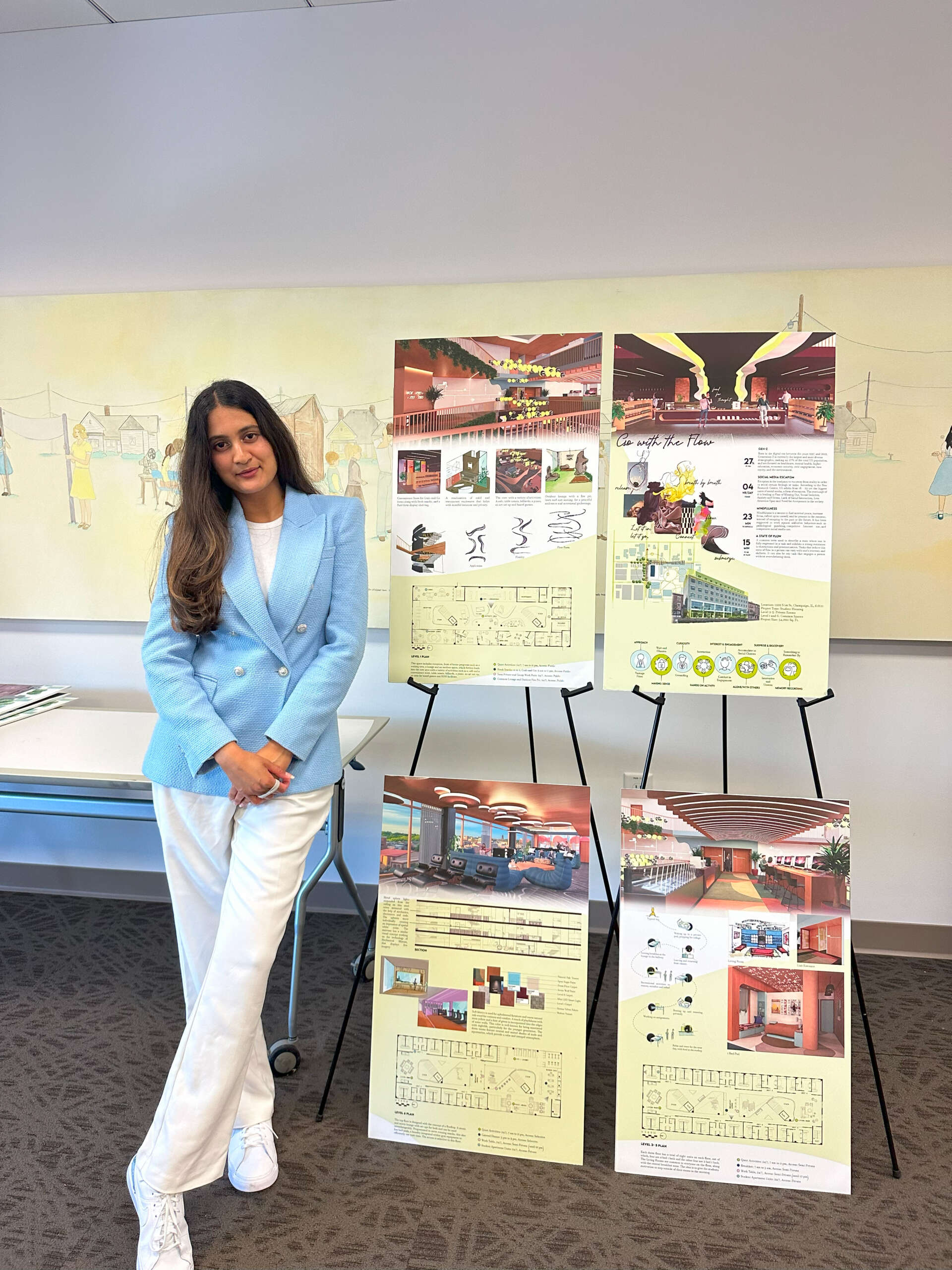Alright – so today we’ve got the honor of introducing you to Maitreyee Patil. We think you’ll enjoy our conversation, we’ve shared it below.
Maitreyee, looking forward to hearing all of your stories today. Can you talk to us about how you learned to do what you do?
It was during my high school years, that I discovered my passion for architecture and decided to pursue a bachelor’s degree in the field. I was drawn to the creative and technical aspects of the discipline. As I progressed in my studies, I became more interested, particularly in interior design, and took up a master’s degree at the Savannah College of Art and Design (SCAD) as soon as I graduated. And even though I’ve been an A grader all along, one thing I’ve understood on the way to getting here is that learning in classrooms and getting an ‘A’ would most definitely make you a great student, not necessarily a great practitioner. To gain real-life experience, I have constantly sought opportunities to step outside the classroom and learn from such experiences. It’s the perk of being a student- you’re free to explore, free to fall, and take risks without having to face serious consequences. And I think one should take advantage of that.
I jump at every opportunity that comes my way. Design Charades, Competitions, Guest Talks, Alumni Meets, Critiques, Office tours, Industry events, Vendor Malls, and the list goes on. Well, I even founded and managed my very own student club at SCAD. It is indeed of utmost importance to be fully equipped with everything that the industry demands of you- a good grasp of necessary software, technical knowledge, and visual and verbal communication skills. One thing I wish I had known earlier is that as an introvert, it can be challenging to verbally express my creative work. If I had been better at it earlier, it would have accelerated my growth. However, I understand that learning is a continuous and never-ending process. I attended workshops to improve my communication skills. I strongly believe that you either have a natural talent for something or you acquire that talent through learning and practice.
I found ways to broaden my understanding not just of my industry, but also of those that were indirectly related. This allowed me to examine my industry from various perspectives. I had friends in areas such as Advertising, Art Direction, Photography, Film and TV, Graphic Design, and even Engineering and I would have long conversations with them about their work and then connect it to mine. Are there some techniques, principles, ideas, or rules they follow that I can improvise on and apply in Interior Design? Because- why not! We’d exchange work and get constructive feedback. And trust me, the best feedback you’ll get on your work is from someone who has no expertise in your profession. A fresh point of view of a potential consumer of your creation.
There were times when these activities took a big chunk of time that I could’ve better utilized on my class assignments. There were regrets and second thoughts, but I now realize that if it wasn’t for the dedication, passion, and creativity I put into them, I would’ve never won those awards or gained recognition beyond my peers and mentors.
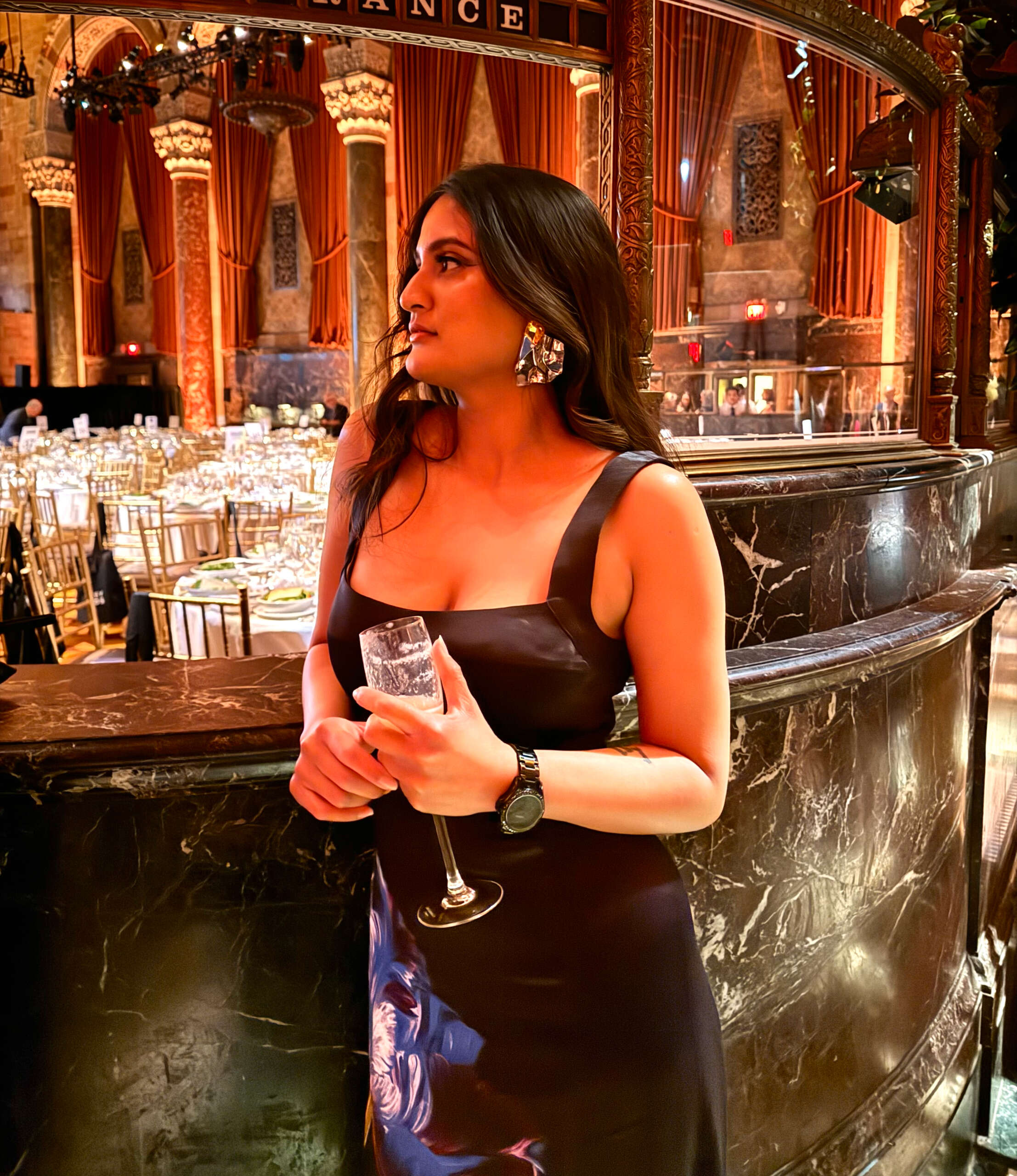

Great, appreciate you sharing that with us. Before we ask you to share more of your insights, can you take a moment to introduce yourself and how you got to where you are today to our readers.
I moved to the USA from India to pursue a master’s degree in interior design. I spent half of my life in Kolhapur, a city located in the Southwest of India, and was introduced to design by my father, who is also an architect. When I was younger, I visited his office, where I would see him working on floor plans, and it fascinated me. I knew I had a mix of both logic and creativity in me, and this profession was the perfect fit. Contrary to popular belief architects and designers don’t merely design buildings to make them look beautiful. We take into account, the engineering, cultural impact, behavioral psychology, geographical influence, time and budget constraints, as well as laws and codes set by the local governing bodies. On average, people spend almost 87% of their time indoors, and studies have shown that an individual’s mental and emotional well-being can be affected by their physical environment. As designers of these spaces, we have the privilege to shape them, and I take great pride in doing so.
It is a lesser-known fact that other than private residences, interior designers design public spaces such as hospitals, hotels, civic buildings, schools, and colleges. So far, I’ve worked at companies that specialize in hospitality, i.e. hotels, senior living facilities, and multi-family housing. Through my work, I learned that designing a space involves more than simply choosing wall coverings and pillows. It requires careful planning to ensure smooth programming of all activities within the space. I got a better understanding of the scope of my work through my thesis which addressed escapist behaviors in young adults through Interior Design. Escapist behaviors are those that act as a distraction from stressful events and my research focused on social media usage in particular. The reaction I always received from people was “Sounds like a long shot!”, but it is astounding how much research is out there that supports my claim.
My thesis journey has also sparked my interest in Design Research and Development, a burgeoning program in most large architecture and design firms. I view a ‘space’ as a product and my approach to designing it involves studying an existing product and analyzing its process. Then identifying what can be done differently and looking for opportunities to improve the outcome. I make sure to understand the client- their personality, spatial needs, general requirements, and think of ways to make it unique and help it stand out in the market. The concept, or what I call the soul of the product, a combination of something abstract and something factual, all stems from thorough research that I believe is essential in the design process. While both art and design require creativity, I see design as more methodical and strategic, providing a tangible solution to a problem.
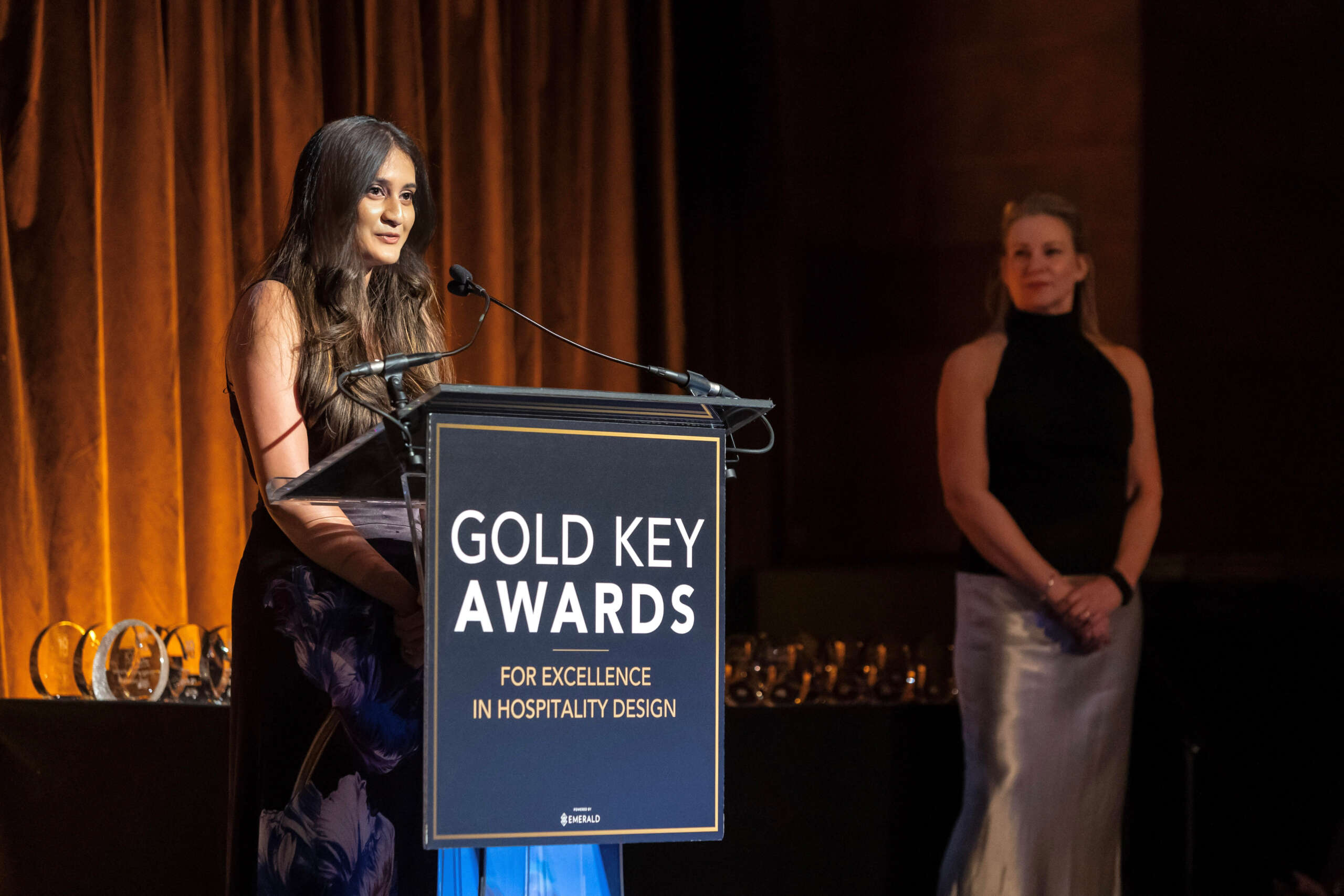
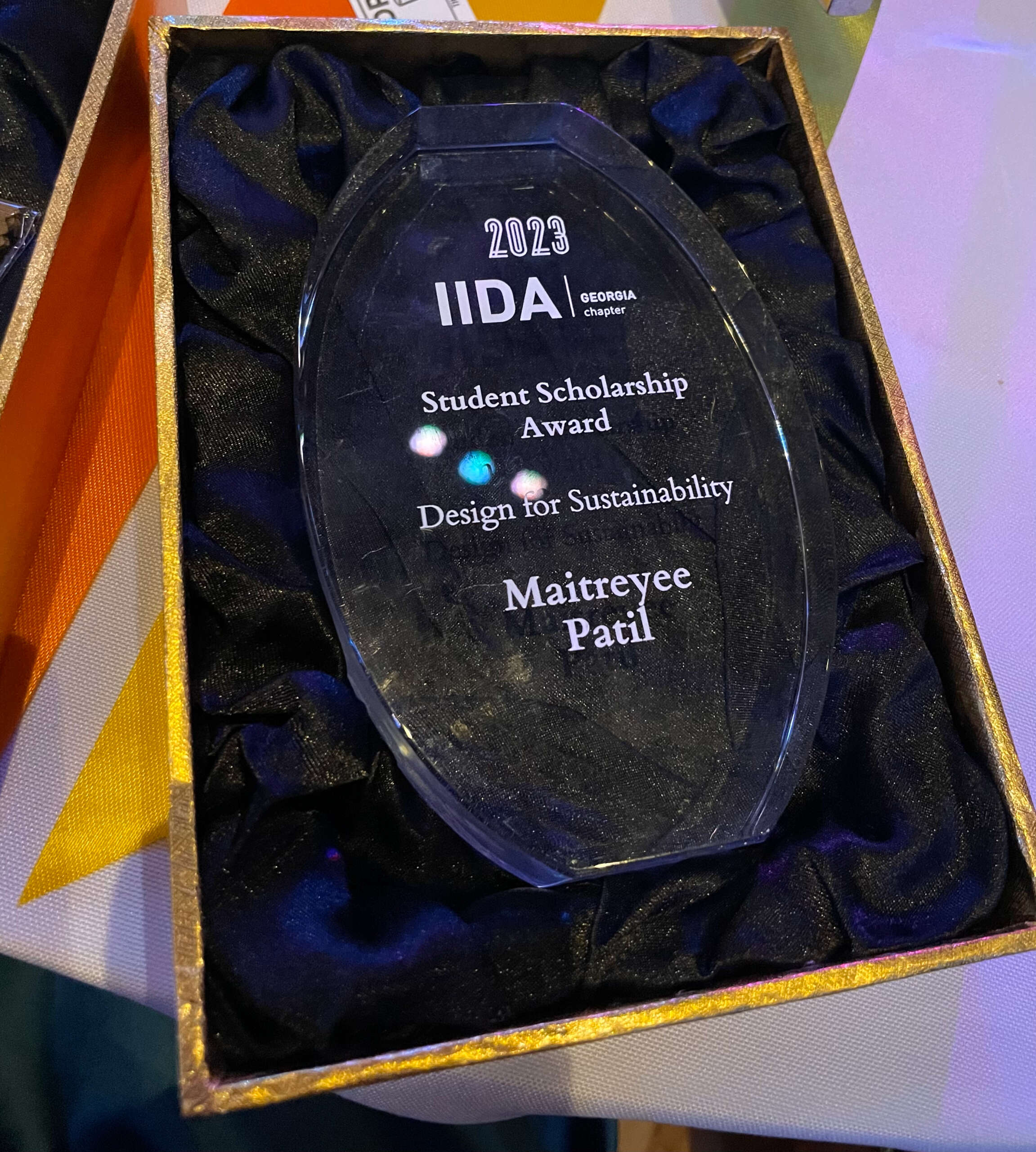
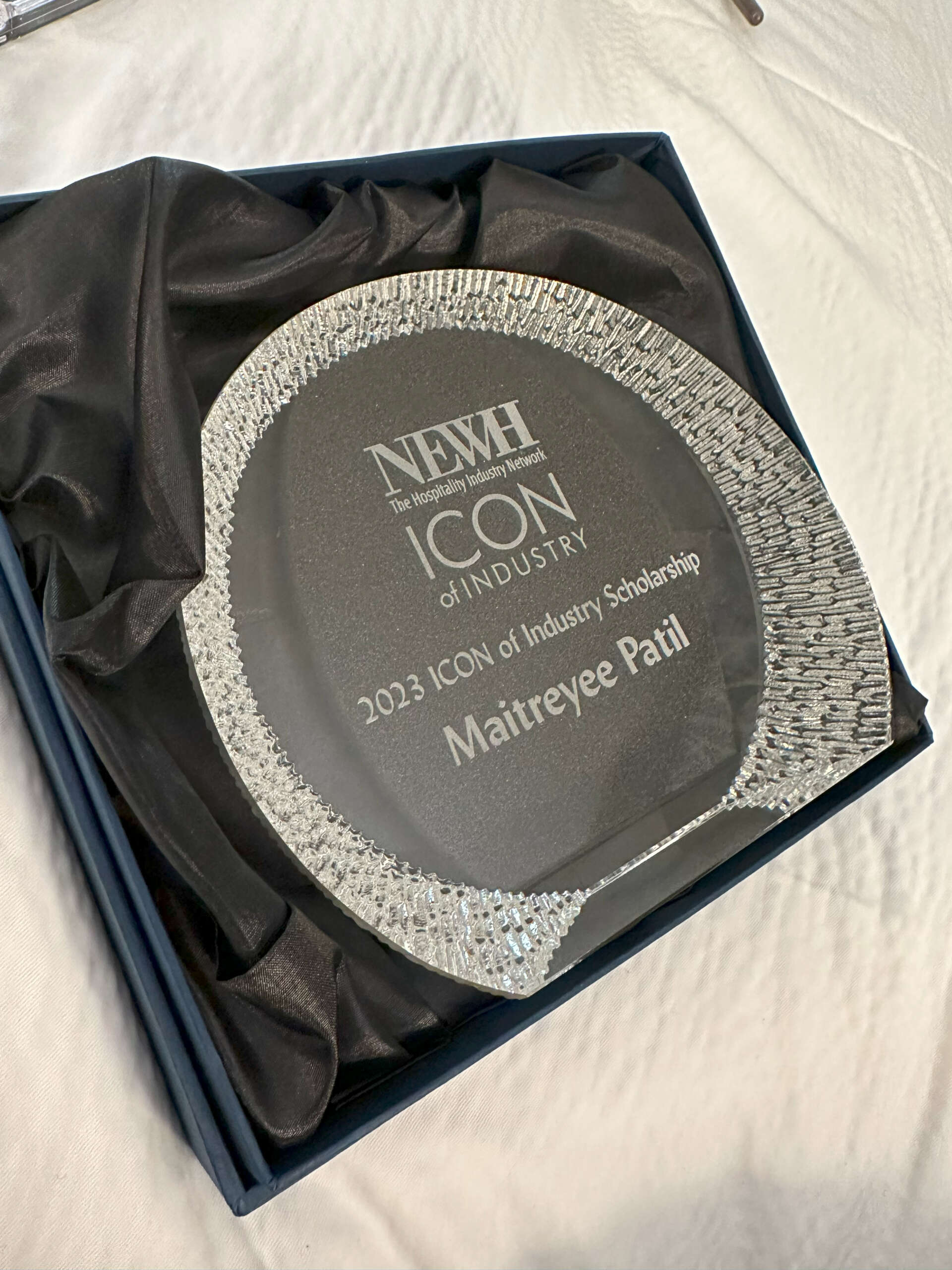
What do you think is the goal or mission that drives your creative journey?
Interior design may seem like it only focuses on luxury and extravagance, but that’s not entirely true. Its true meaning lies in creating spaces that speak to people and resonate with what their minds, body, and soul needs. As a designer, I want to be able to provide for this very alignment of the three.
I have specific goals concerning the betterment of the industry that I am passionate about, including community uplifting, mindfulness in space, and sustainability. I will therefore do everything in my capacity to support these initiatives. One of the biggest problems that the AEC industry is facing right now is the lack of waste management, and I would love to work towards it once I have the right resources and connections. However, my ultimate aim as I start on this career path is to not only do something meaningful but also have fun while doing it. Our generation is often held back by the pressure to find our life’s purpose and build a career around it. After years of thinking, I’ve realized that our only mission in life is to be happy, and not through material or external means, but to be truly happy from the inside. I do believe it is important to have something to look forward to or aspire to. This helps avoid stagnation or getting stuck while on this journey. One needs to have a sense of purpose beyond just earning money; something that pushes you to take a step forward and motivates you to get out of bed every day.


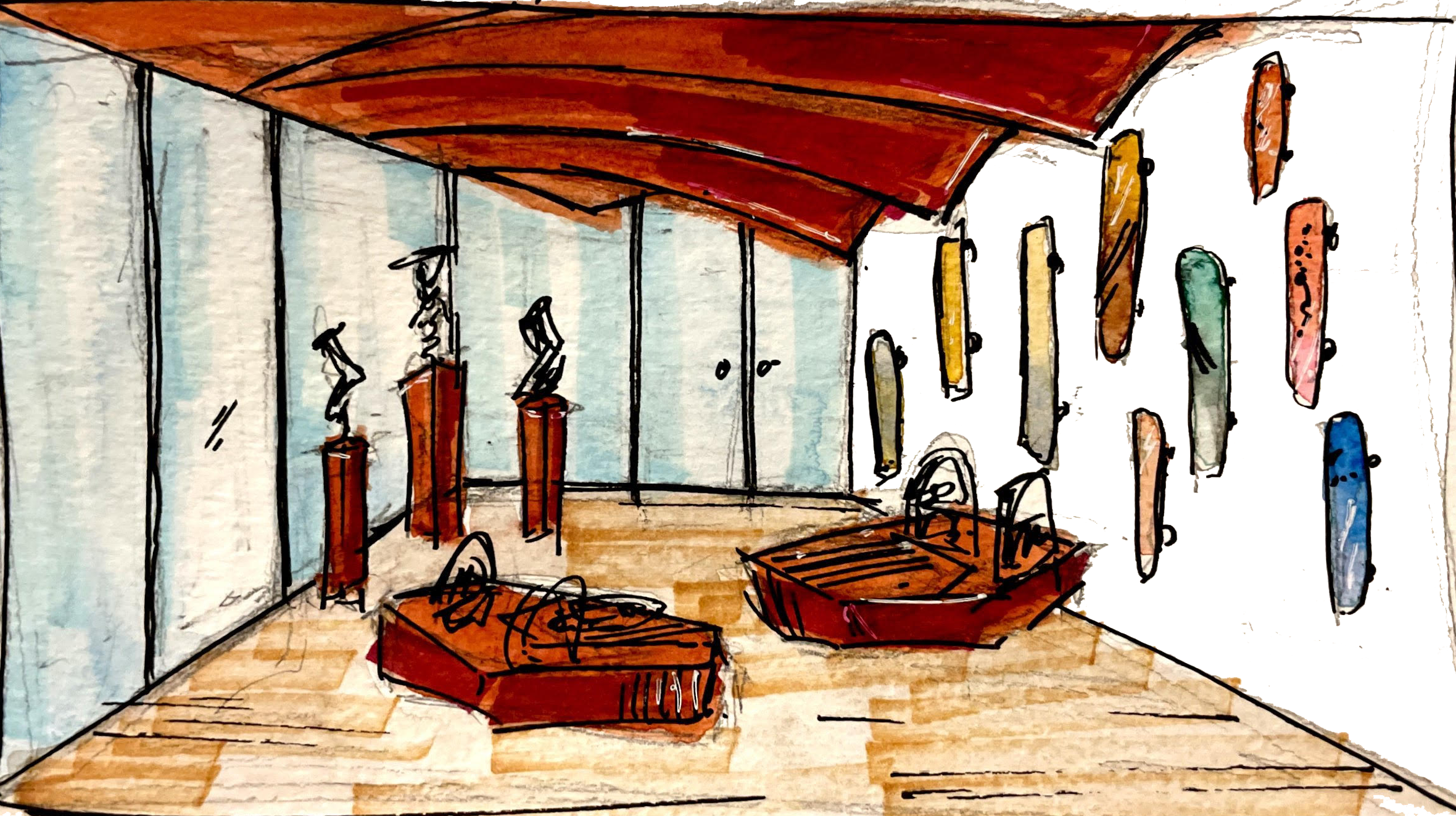
We often hear about learning lessons – but just as important is unlearning lessons. Have you ever had to unlearn a lesson?
That it’s bad architecture if the looks of it don’t blow your mind! I feel like the architecture industry has been glamorized for the aesthetic appearance of the buildings they design. When I was in architecture school, I remember students trying hard to design buildings that had visually stunning exteriors. Forms that would leave a lasting impression. It has always been a million-dollar question – Form or Function? And I’ve struggled with it myself. It was time I found my own answer because it would often bring me to a creative block. After all, we designers are such perfectionists! Anything that doesn’t meet our high standards is considered a failure. This is due in part to our desire to be perceived as successful and innovative. You look at a building with a fluid form and you think Zaha Hadid. These celebrated architects have made a huge impact on the industry with their unique and prominent style statements, but one should remember that functionality always goes hand in hand.
I once started reading “The Fountainhead” by Ayn Rand merely out of peer pressure. It is said to be a book that every architect should read, and it certainly opened my eyes. As it explores the conflict between ‘meeting people’s superficial expectations of you’ and ‘doing what is the right thing to do’, it helped me reflect on my priorities. Not just in architecture, but also in life. It’s easy to get consumed by the ego, but it’s necessary to follow your inner guidance. And at every crossroad, I’m going to remind myself of this.
Contact Info:
- Website: https://www.behance.net/maitreyeep99
- Instagram: https://www.instagram.com/mp_scar/
- Linkedin: https://www.linkedin.com/in/maitreyeepatil/
Image Credits
NEWH


